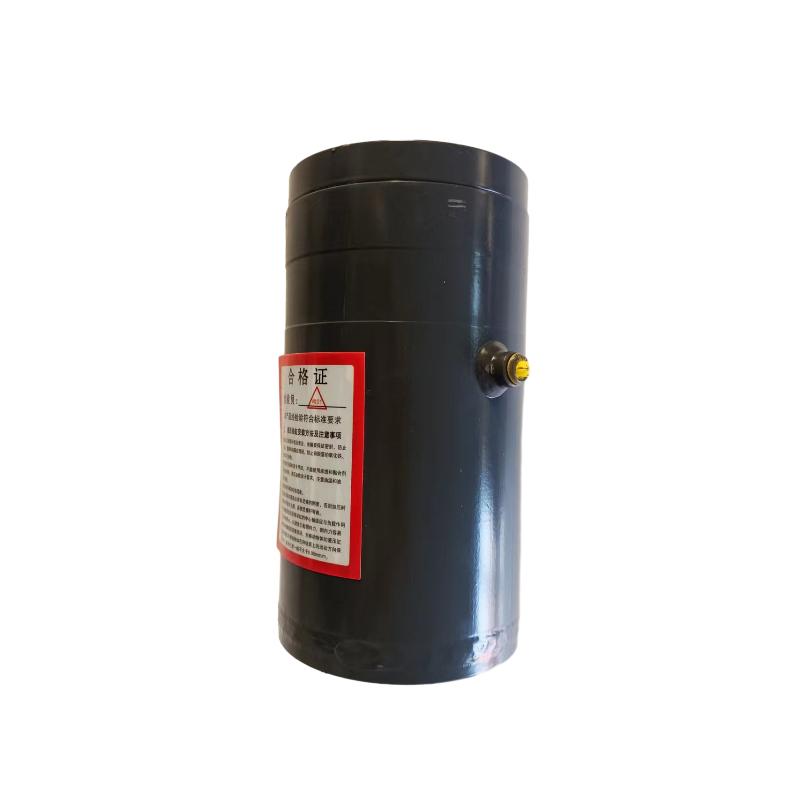Jul . 20, 2024 02:51 Back to list
Top Manufacturers of Hydraulic Swing Cylinders for Heavy Machinery Applications in the Industry
Hydraulic Swing Cylinder Manufacturers An Overview
Hydraulic swing cylinders play a pivotal role in a wide array of applications, particularly in industries like construction, mining, and marine operations. These powerful devices are integral in facilitating the smooth and efficient movement of heavy machinery, enabling tasks such as lifting, tilting, and rotating various equipment. With the increasing demand for high-performance hydraulic systems, the role of hydraulic swing cylinder manufacturers has become increasingly important.
Understanding Hydraulic Swing Cylinders
A hydraulic swing cylinder is a type of hydraulic actuator that converts hydraulic energy into mechanical energy. It consists of a cylinder housing, a piston, and a connecting rod, which collectively allow for linear movement. When hydraulic fluid is supplied to the cylinder, the pressure created within it moves the piston, resulting in the desired swing motion. This functionality makes hydraulic swing cylinders essential in applications such as excavators, cranes, and various types of heavy machinery that require precise movement.
The Role of Manufacturers
Manufacturers of hydraulic swing cylinders are responsible for designing, producing, and distributing these critical components. They employ advanced engineering techniques and high-quality materials to ensure durability and reliability under varying operating conditions. The manufacturing process typically involves the following key steps
1. Design and Engineering Manufacturers leverage computer-aided design (CAD) software to create precise designs tailored to specific customer requirements. These designs must consider factors such as load capacity, stroke length, and mounting configuration.
2. Material Selection The choice of materials is crucial in ensuring the longevity and performance of hydraulic cylinders. Common materials include high-strength steel and aluminum alloys, which offer excellent resistance to wear and corrosion.
3. Production The actual production process involves machining, welding, and assembling various components of the cylinder. Quality control is paramount during this stage to ensure that each unit meets strict industry standards.
4. Testing Before reaching the market, hydraulic swing cylinders undergo rigorous testing to assess their performance under pressure. This includes checking for leaks, verifying stroke accuracy, and ensuring that the cylinder can handle its rated load.
hydraulic swing cylinder manufacturers

5. Distribution and Support Once manufactured, these cylinders are distributed to customers, often accompanied by warranties and customer support services. Manufacturers may also provide repair services and replacement parts to ensure that their products remain operational over time.
Choosing the Right Manufacturer
When selecting a hydraulic swing cylinder manufacturer, several factors should be taken into consideration
- Experience and Reputation Established manufacturers with a proven track record are typically more reliable. They often have extensive experience in the industry and can provide references or case studies.
- Customization Options Not all applications are the same; thus, a manufacturer that offers custom solutions can better meet specific operational needs.
- Quality Assurance Look for manufacturers that adhere to international quality standards such as ISO 9001. This commitment to quality can significantly impact the performance and lifespan of the hydraulic cylinders.
- Technical Support Reliable customer support can be invaluable, especially in troubleshooting issues or providing maintenance guidance.
Conclusion
The market for hydraulic swing cylinders continues to grow as industries strive for more efficient and effective machinery. The role of hydraulic swing cylinder manufacturers is critical in meeting this demand, as they provide the necessary components that ensure heavy equipment operates smoothly and efficiently. By understanding the key aspects of hydraulic swing cylinders and the manufacturing process, businesses can make informed decisions when sourcing these essential products, ultimately enhancing their operational capabilities and productivity.
-
Fork Lift Power Units - Hebei Shenghan | Efficiency, Reliability
NewsJul.13,2025
-
1.5-Ton Turbocharged Cylinder-Hebei Shenghan|Hydraulic Solution,Energy Efficiency
NewsJul.13,2025
-
Auto Hoist Power Units-Hebei Shenghan|Efficiency&Industrial Lifting
NewsJul.13,2025
-
Double Acting Power Units-Hebei Shenghan|Hydraulic Solutions,Industrial Efficiency
NewsJul.13,2025
-
1.5 Ton Lifting Cylinder 70/82-40-290-535 - High-Performance Hydraulic Solution | Hebei Shenghan
NewsJul.13,2025
-
Fork Lift Power Units - Hebei Shenghan | Efficiency&Reliability
NewsJul.13,2025
